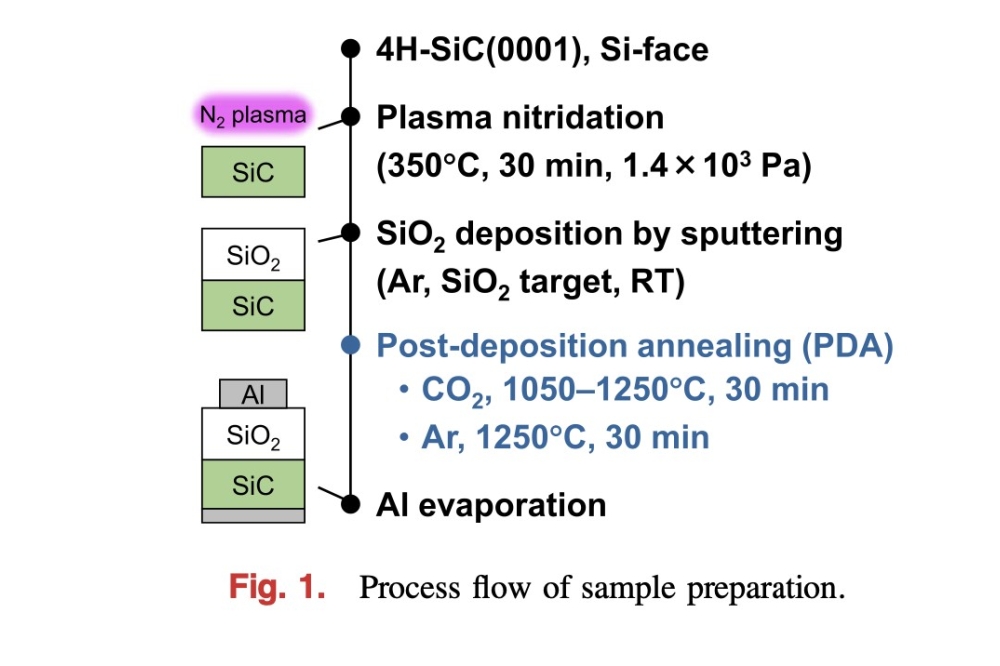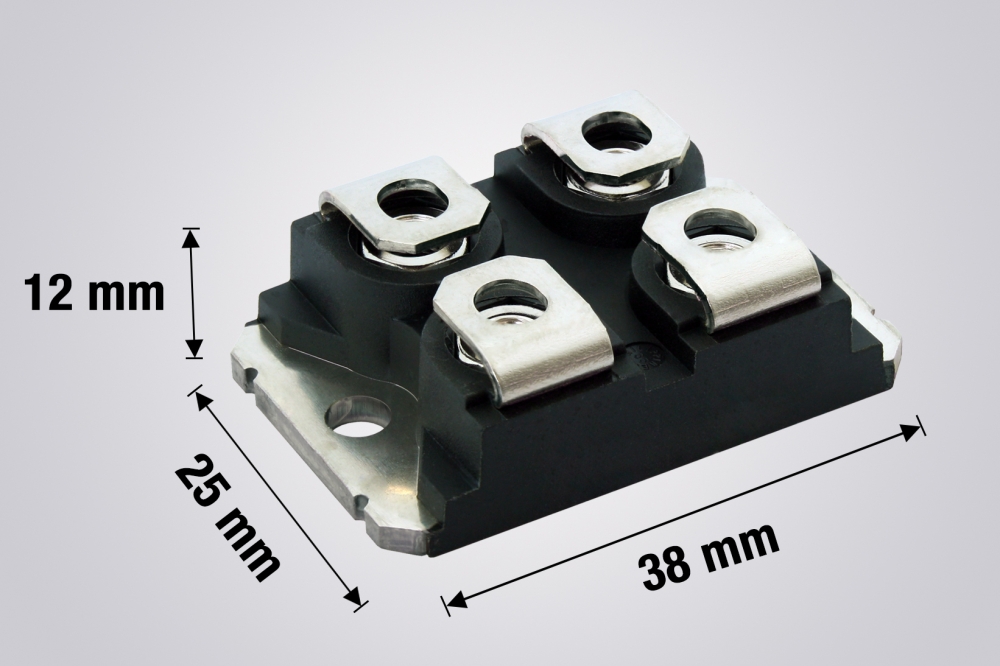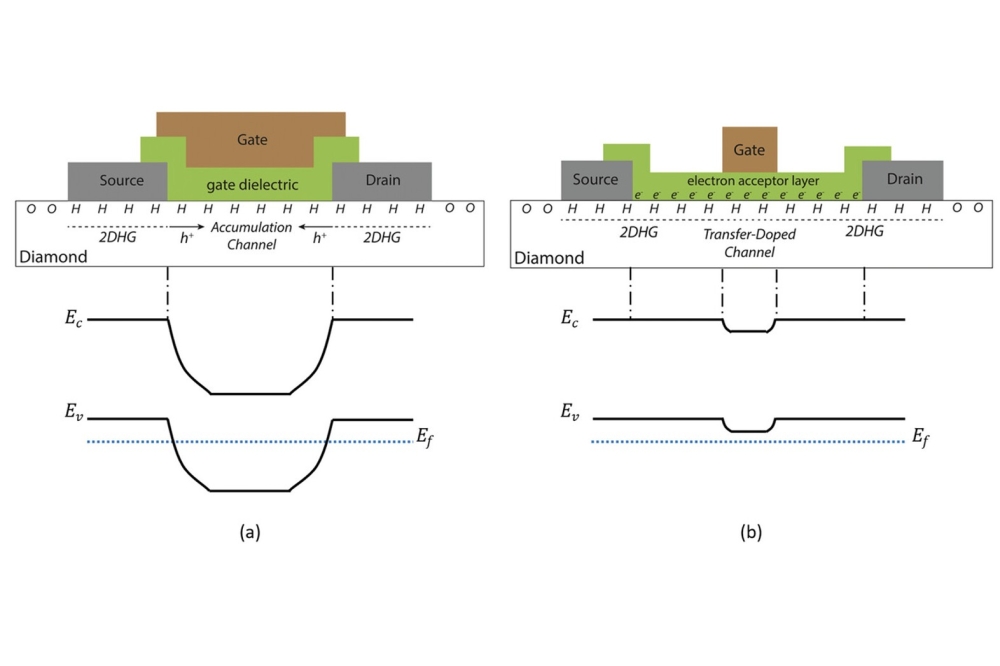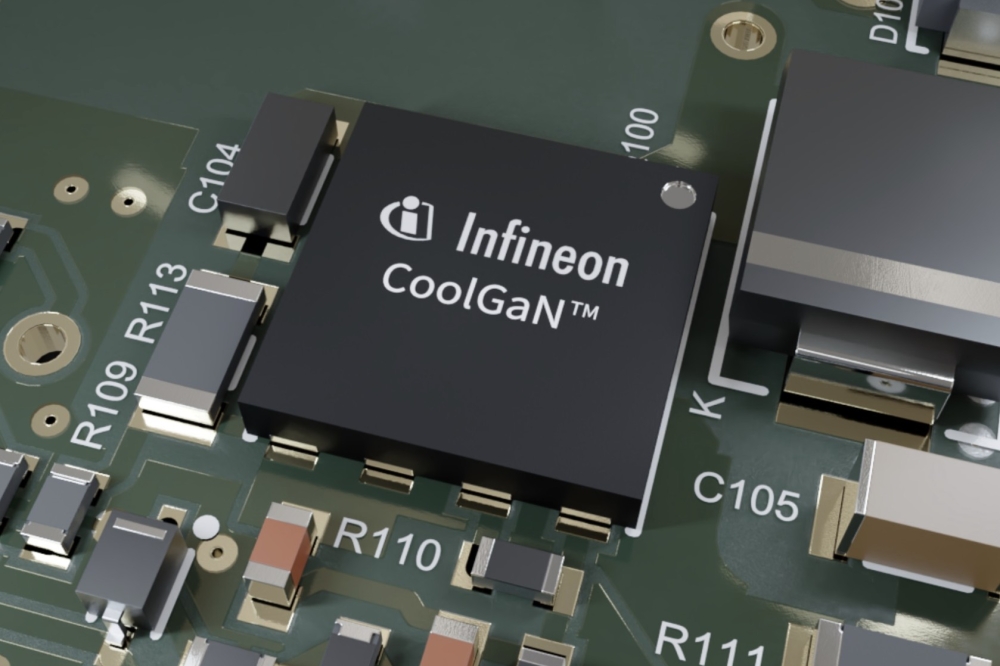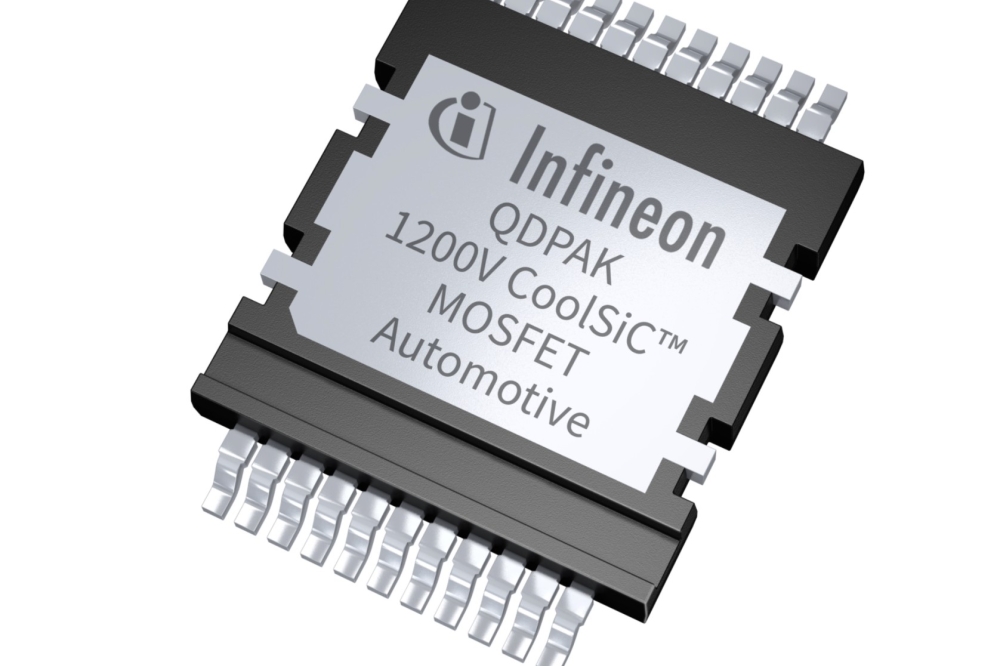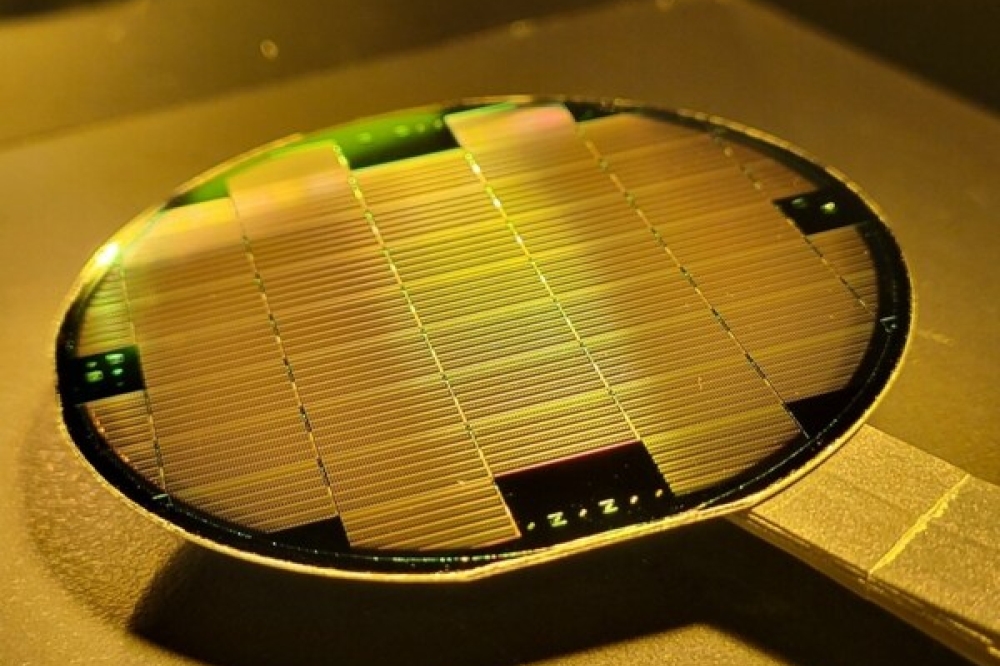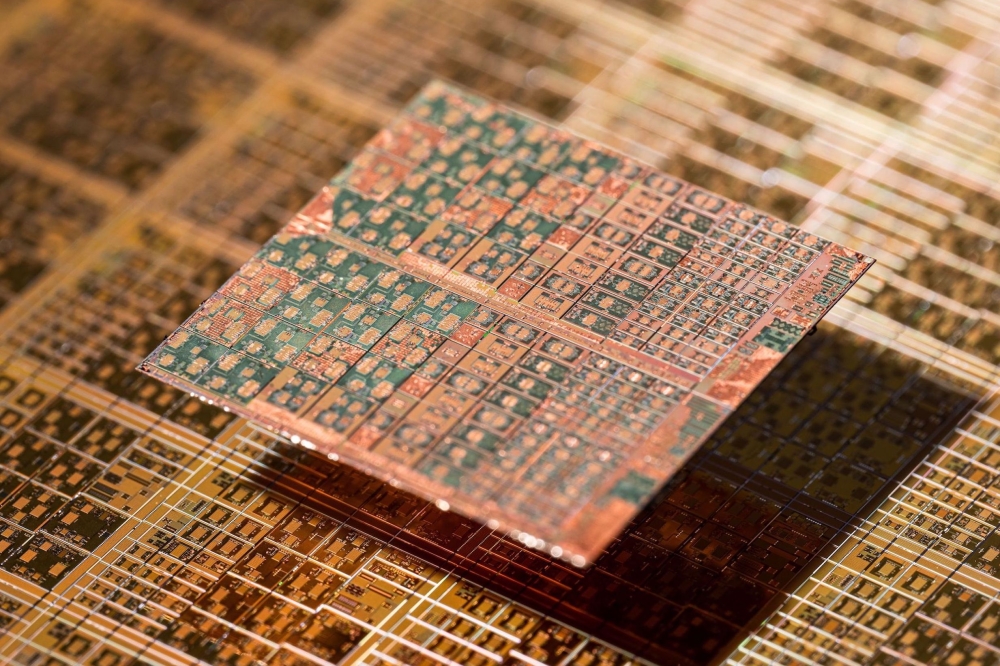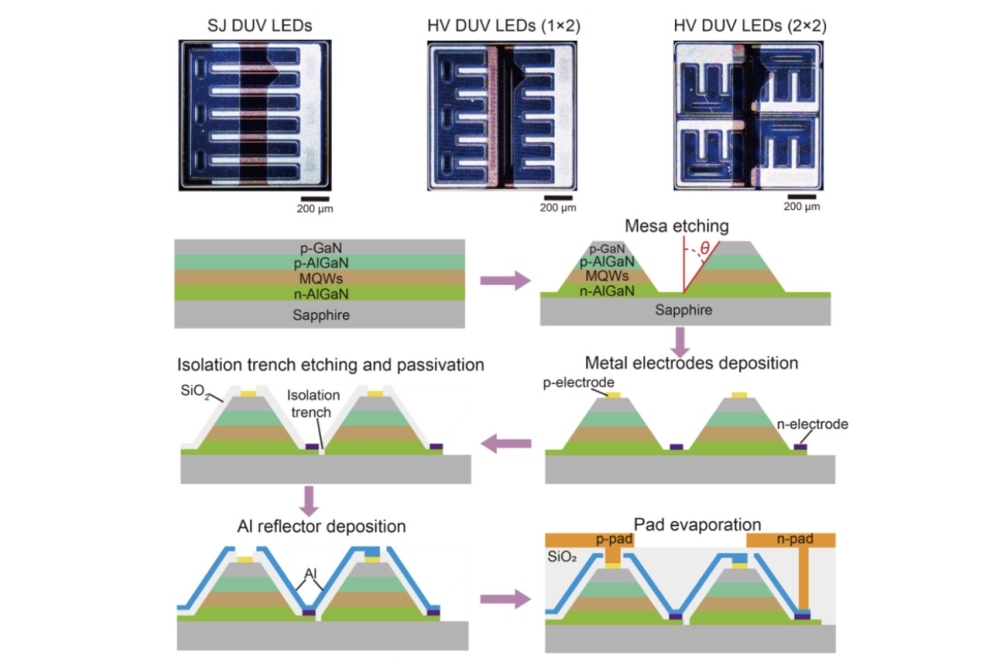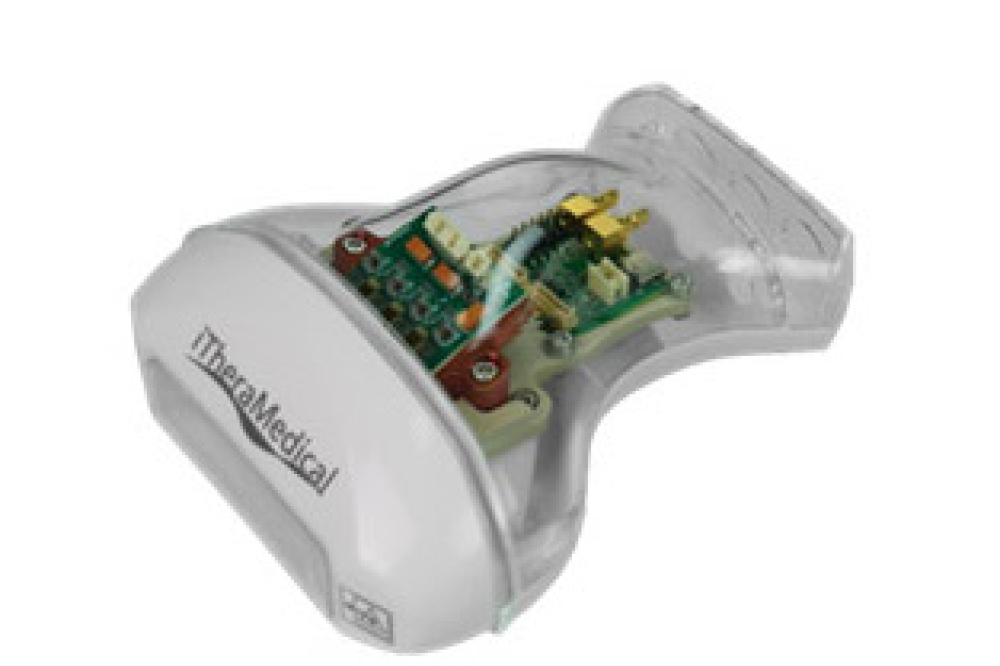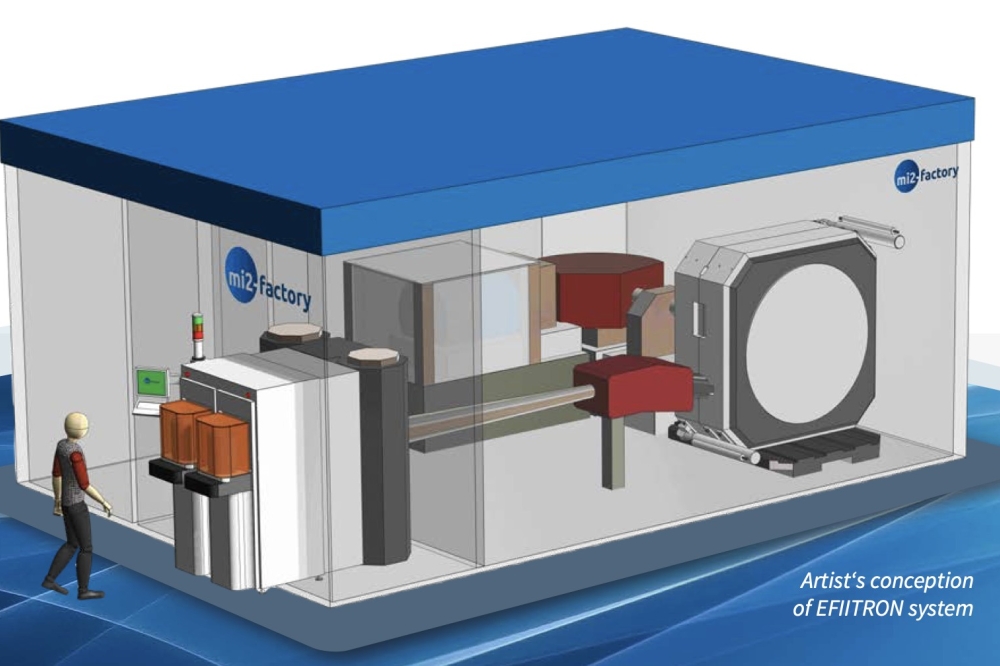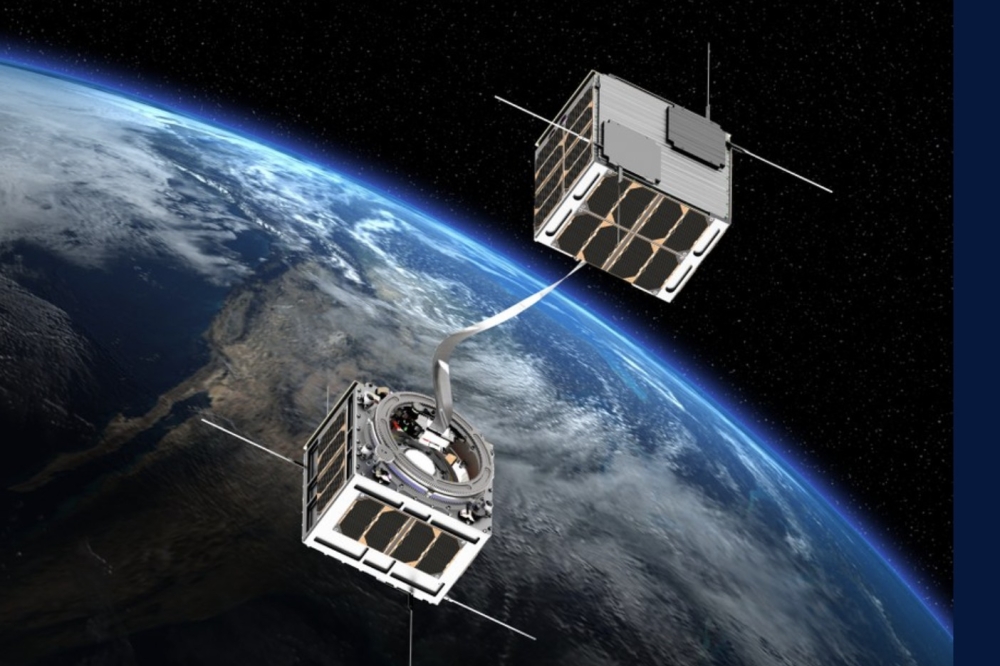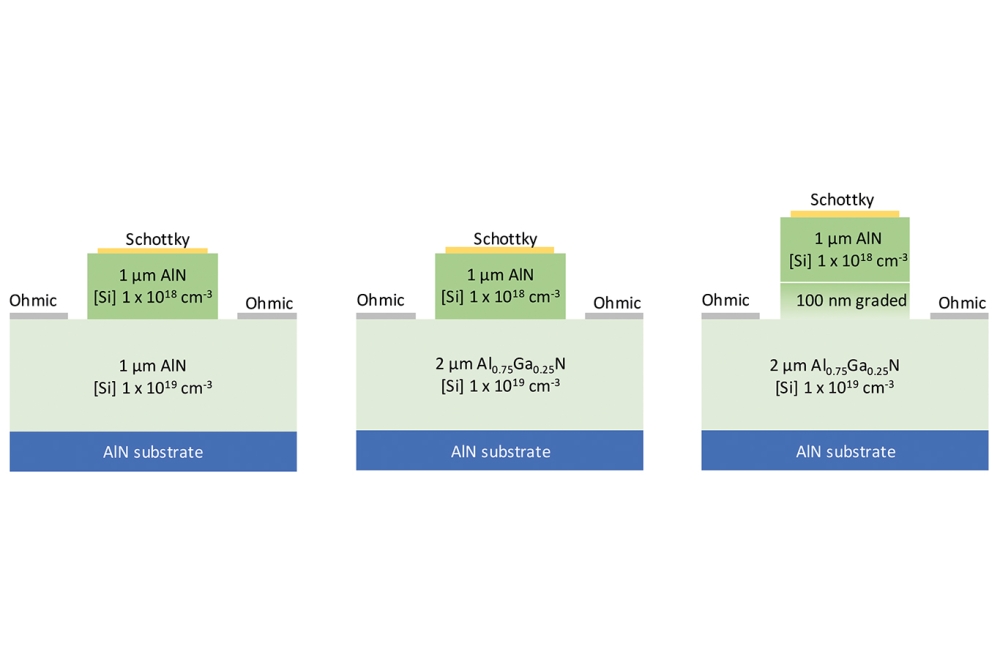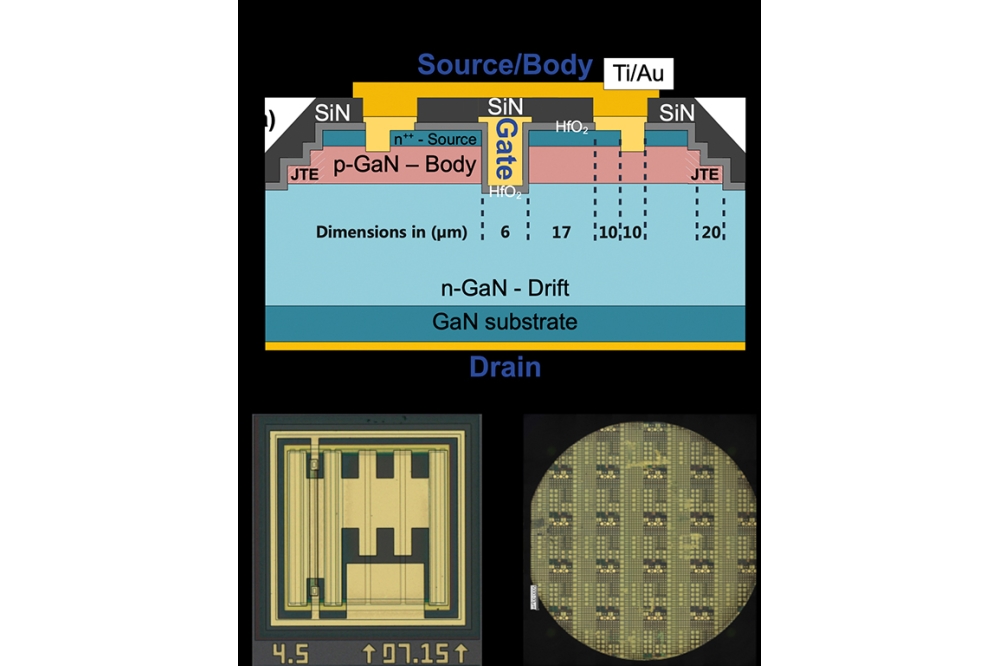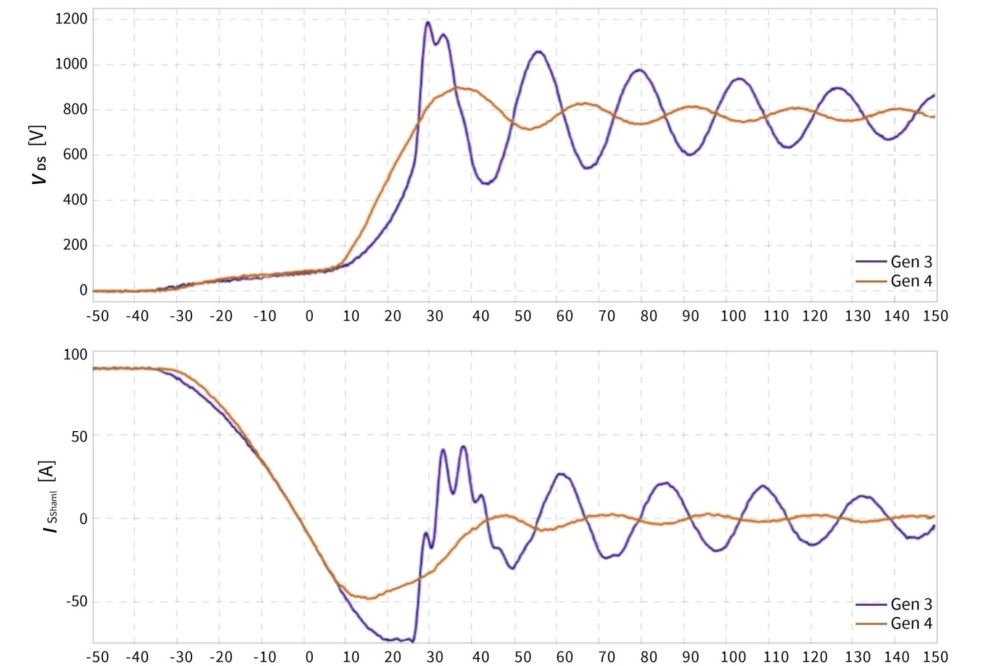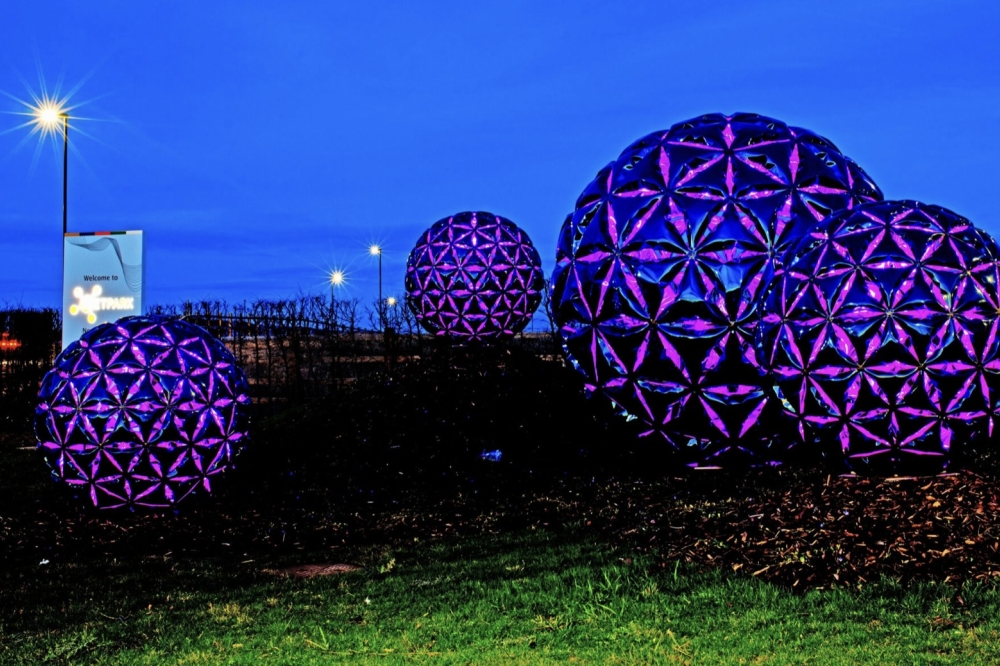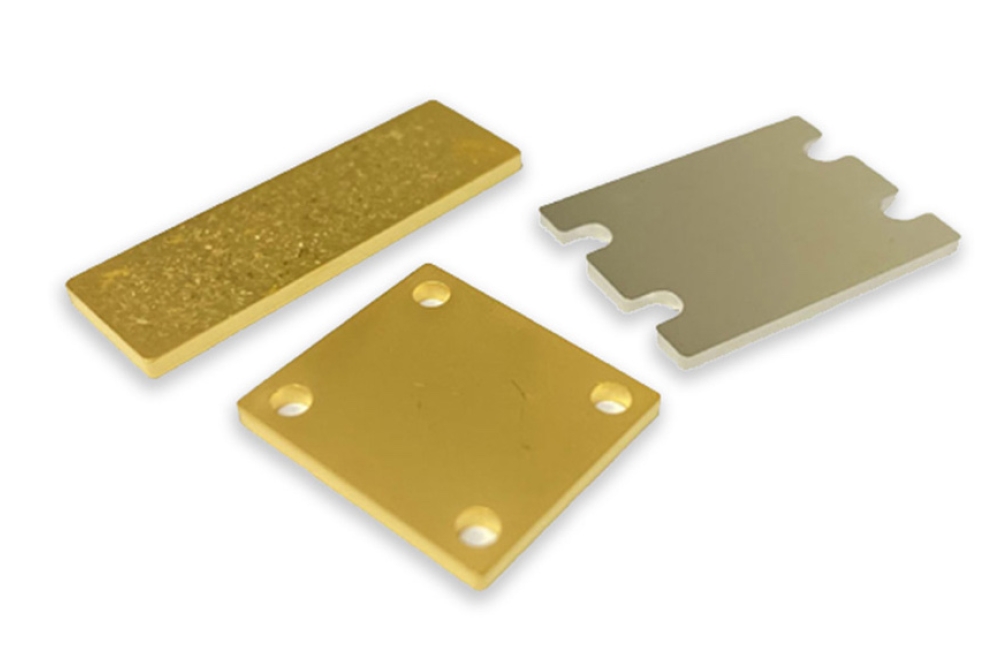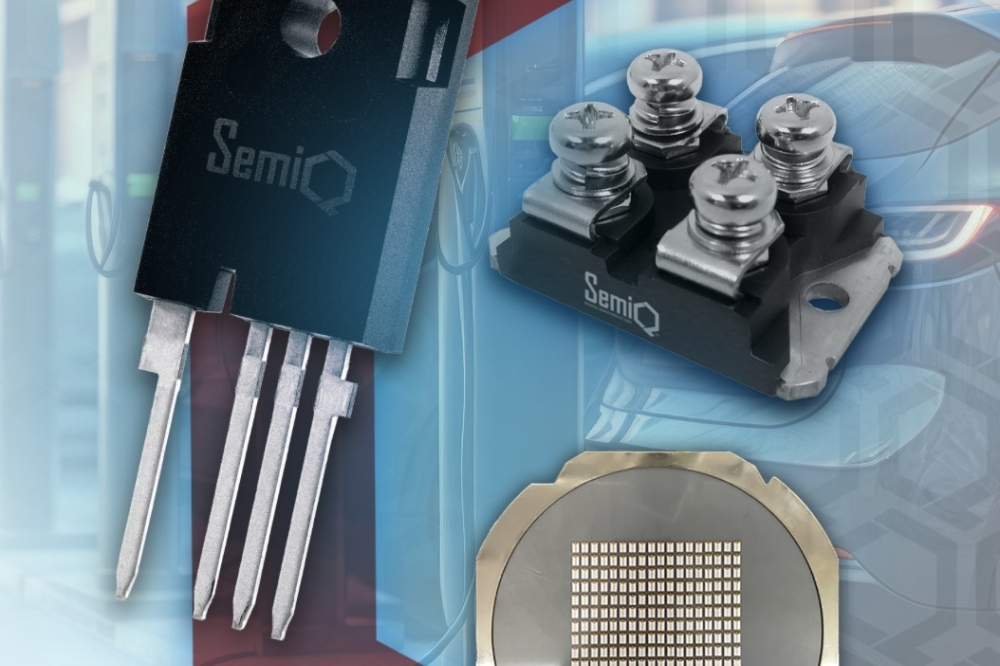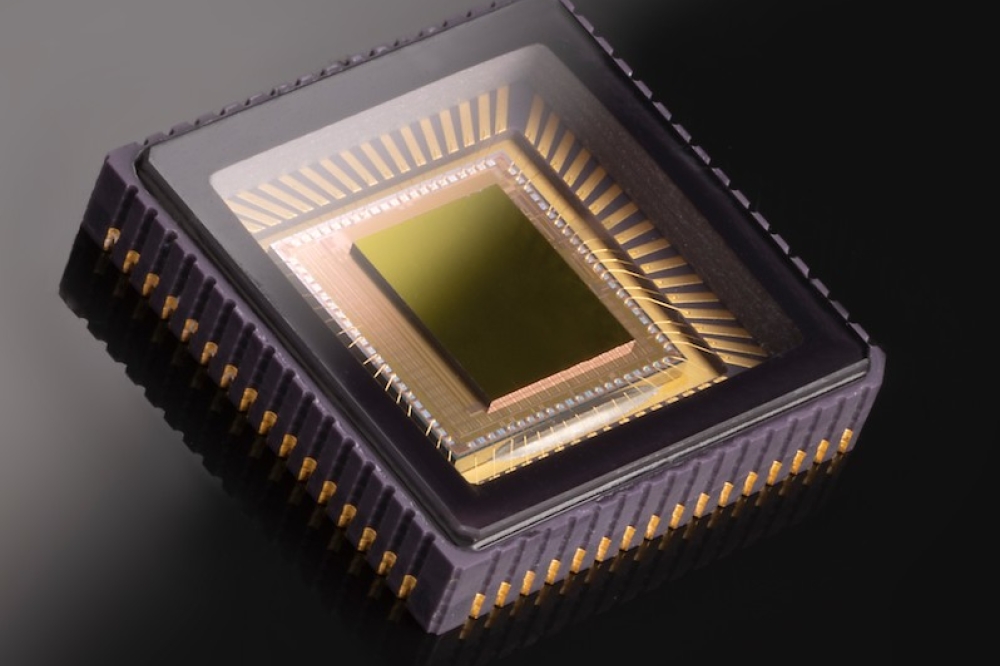FBH to present latest tech at Virtual EuMW
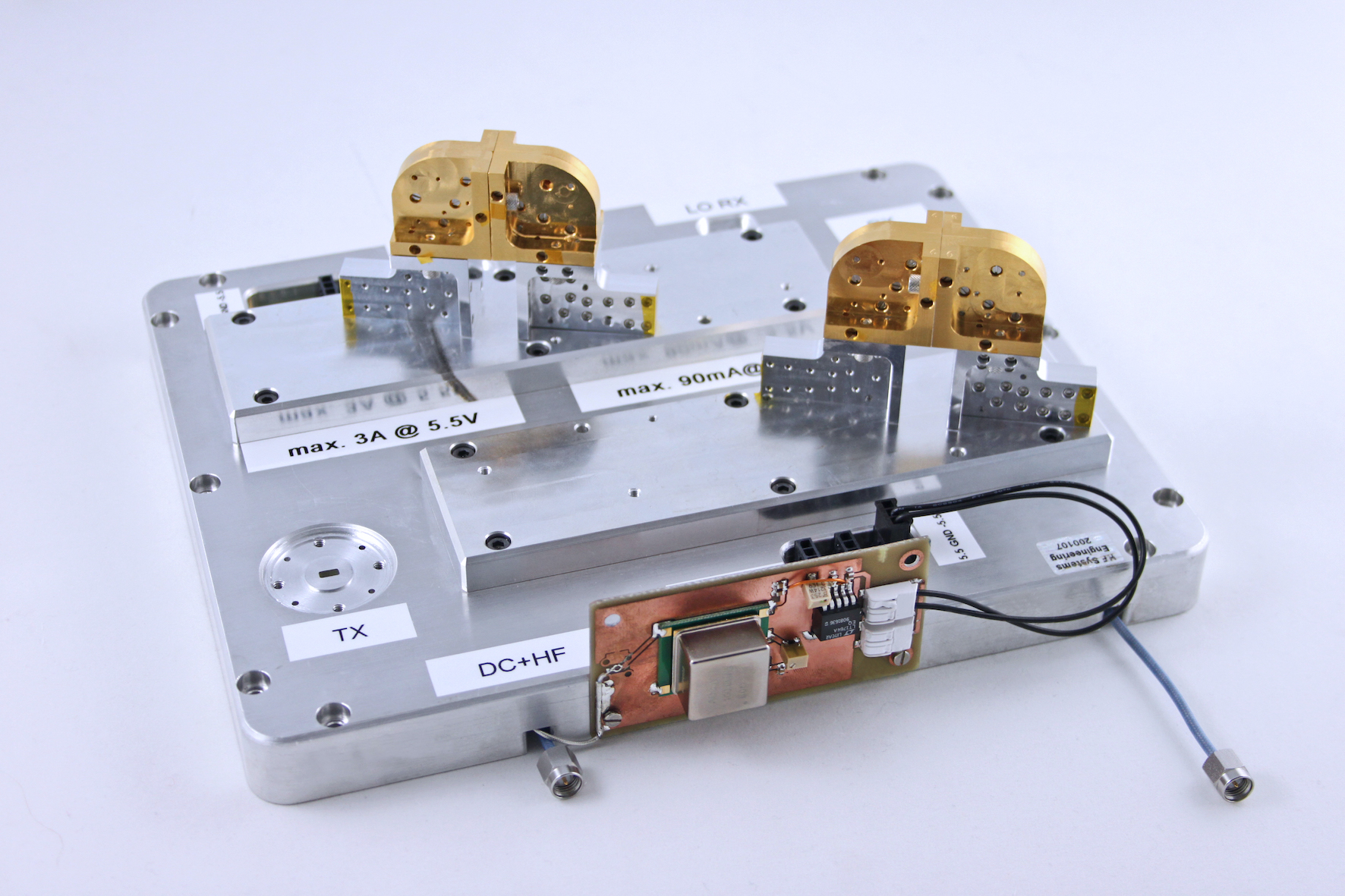
FBH to present results of the ULTRAWAVE project, developments for green ICT, and GaN THz detectors
The Ferdinand-Braun-Institut (FBH) will present its research results targeting energy-efficient amplifier concepts as well as terahertz (THz) components and systems for broadband communication and imaging at the virtual European Microwave Week (EuMW) from January 12-14, 2021.
In addition to its conference contributions, FBH all exhibit at the joint booth of the 'Research Fab Microelectronics Germany' (FMD) in exhibition hall 3 – with FBH scientists available for a virtual exchange.
At the EuMW, the FBH is presenting results of the ULTRAWAVE project. The project is developing a high capacity backhaul for 5G cells by exploiting bands beyond 100 GHz. The system combines three main technologies: vacuum electronics, solid-state electronics and photonics to enable backhaul of hundreds of small and pico cells, no matter the density.
FBH contributes MMICs with its InP DHBT process.The architecture provides 100 Gbps/sqkm by introducing a point-to-multipoint infrastructure at 140 GHz in the D-band.
The system is currently being set up at a test site in Spain. Once successfully demonstrated, this will be the first demonstration of a point-to-multipoint wireless communication system with such high data rates – point-to-point systems in the same frequency band have already been demonstrated in first experiments by other groups. The system will use standard modem access and wireless data transmission with distances up to 1 km.
FBH developments for green ICT
The FBH will present two different approaches to improving energy efficiency in information and communication technologies (ICT) at the accompanying trade show.
Envelope tracking is a well-proven technique for increasing the efficiency of solid-state power amplifiers. This is achieved by modulating the supply voltage of the RF power amplifier in accordance to the instantaneous signal envelope. The FBH has developed a 1.62 GHz amplifier with a peak output power of more than 50 W and a modulation bandwidth of 40 MHz. With an 8.6 PAPR (peak-to-average power ratio) signal, the overall efficiency reaches 40 percent.
FBH has also transferred the concept of supply modulation to millimeter wave amplifiers. A module with two identical MMICs with integrated switches for discrete level supply modulation has been developed. It operates in the 24-26 GHz range with 14 dB gain. Calculations for a single-chip realisation show that 5-15 percent-points efficiency improvement can be expected depending on the statistics of the signal.
Another approach to reducing power consumption is being pursued by the concept of a digital power amplifier. Based on FBH's 0.25 μm GaN-HEMT process, the institute has realised the first fully digital transmitter chain that successfully transmits broadband signals with maximum efficiency and linearity (47 percent at > 52 dB ACLR). The compact digital transmitter brings the boundary between the digital and analog part of a base station up to directly before the antenna.
Further exhibits at the virtual trade show
In the field of terahertz electronics, FBH will also present THz detectors based on GaN HEMT MMICs that can be arranged into 2D arrays. They are suitable, for instance, for non-destructive testing of plastics for material defects. With best values for noise equivalent power NEP below 25p W/sqrt (Hz) and a highest sensitivity of 100 mA/W at 500 GHz they outperform previous THz detectors in CMOS technology.
Furthermore, the FBH exhibits its integrated GaN-based laser drivers for LiDAR applications, used e.g. for autonomous driving. The design of the output circuit is optimised for high peak current, short optical pulse width, high repetition rate, and power efficiency. It allows unprecedented performance in terms of current and pulse width, from 800 A at 4 ns to more than 30 A at 0.5 ns.

